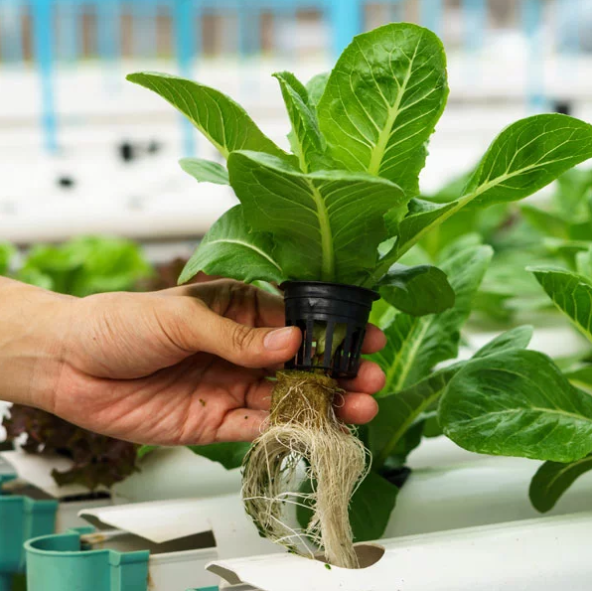Five common reason why you’re losing yields
Mistakes in hydroponic culture are not uncommon among both amateur and seasoned growers. Since there is considerable distances between a successful crop and an optimal crop, growers can go a long time without noticing mistakes that are likely to be heavily detrimental to their actual crop yields. Today I am going to share with you five of the most common problems I see when consulting for hydroponic growers and why these might be costing you a lot in yields.
Sup-optimal vapor pressure deficit. Temperature and humidity play a huge role in guaranteeing a large crop production. Plants can survive under a wide array of environmental conditions but the range where they produce optimal results is dependent on several factors, including the amount of carbon dioxide in the air, the plant species and the nutrient solution used. Most growers who make mistakes regarding VPD are either growing at a temperature that’s too high or at a humidity that’s too low. During winter low humidity tends to be the largest problem while during the summer issues with higher temperatures are most common.

Bad environments around root zones. Many growers water their plants with nutrient solution without measuring the characteristics of the solution that comes out of their media. Not measuring run-off EC/pH, especially when using non-recirculating setups, is a recipe for failure since the grower is completely unaware of whether root-zone conditions are good or not. More often than not, growers who make this mistake end up with very high salinity and extreme pH values – often acidic – that can be extremely hard to correct.
No foliar spraying regimes. Plants can take a lot of nutrition through their root zones but certain additives and nutrients are taken with far more efficiency through leaves. A lot of yield can be gained if proper foliar spraying with adequate additives to enhance growth is carried out. Many growers do not carry out any foliar spraying, leaving a lot of potential growth on the table that could be gained with these procedures.
No silicate applications. Potassium silicate is a very important additive in hydroponic culture and can make the difference between a very successful crop and a crop that has been heavily affected by fungal or bacterial diseases. Silicate applications have been repeatedly demonstrated to make plants immune systems stronger and – through the prevention of diseases and the strengthening of plants – can lead to healthier plants that have stronger yields.
No tailor-made nutrient optimization. Each particular grower has a specific set of plant species, varieties, media, temperature/humidity and carbon dioxide conditions that make their particular growing situation unique. Although generic nutrient solutions can do the job well enough to provide satisfactory yields, there is a lot of potential product left on the table if proper optimization of the nutrient solution is not carried out. Some nutrients – like phosphorous and calcium – benefit greatly form being optimized to the particular conditions each hydroponic grower has. Optimization takes effort and money – as some plants need to be dedicated to research – but the results can be more than worth it.
Although the above is not an exhaustive list of potential problems, it does provide you with an idea of the things that you might be doing wrong. With this in mind you can start to do your own research to attempt to fix these issues or you can contact me and schedule a call directly so that I can help you improve your hydroponic growing results.